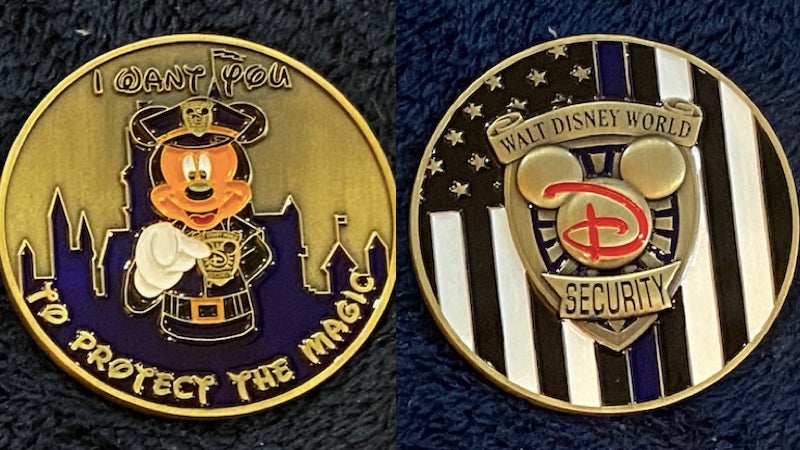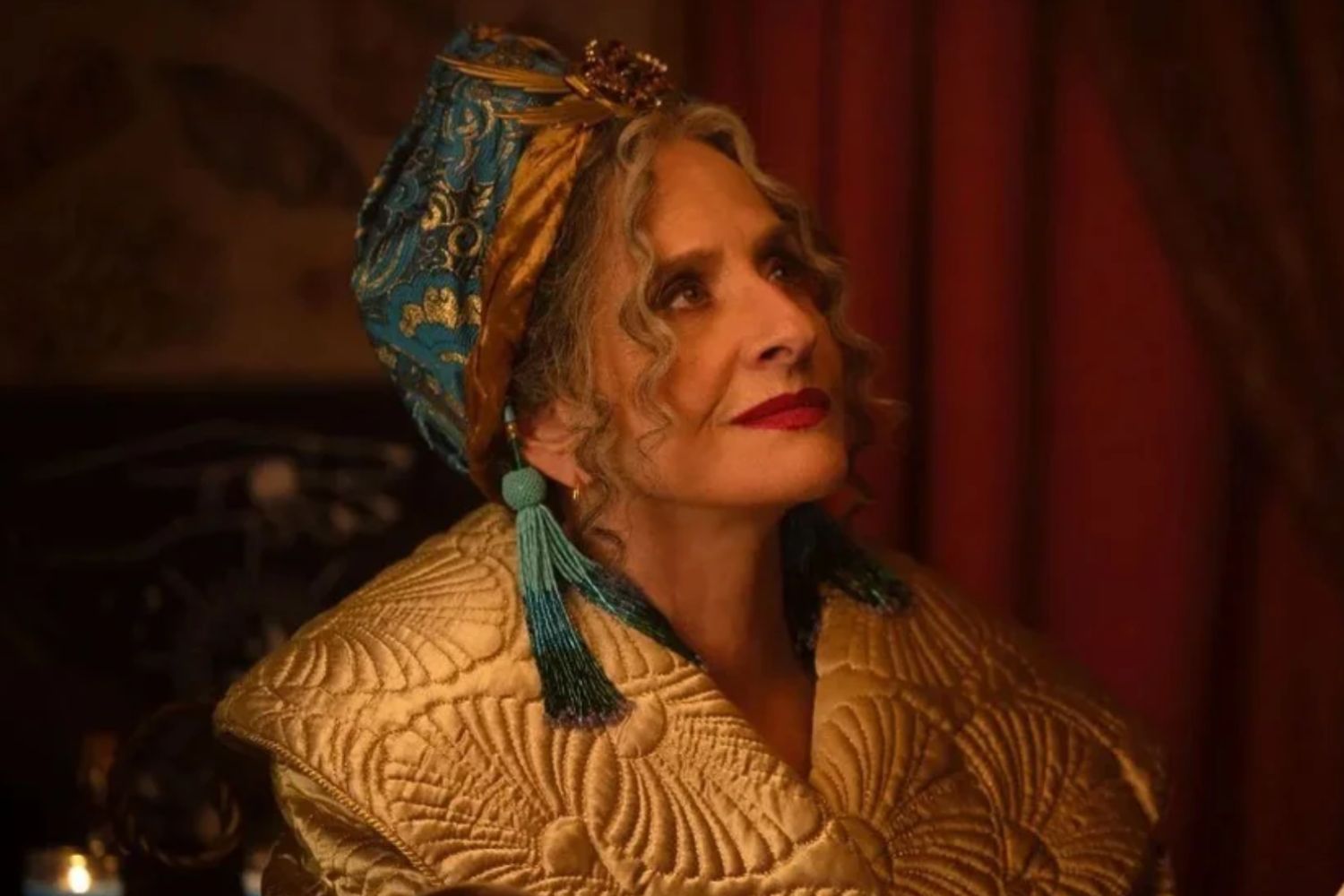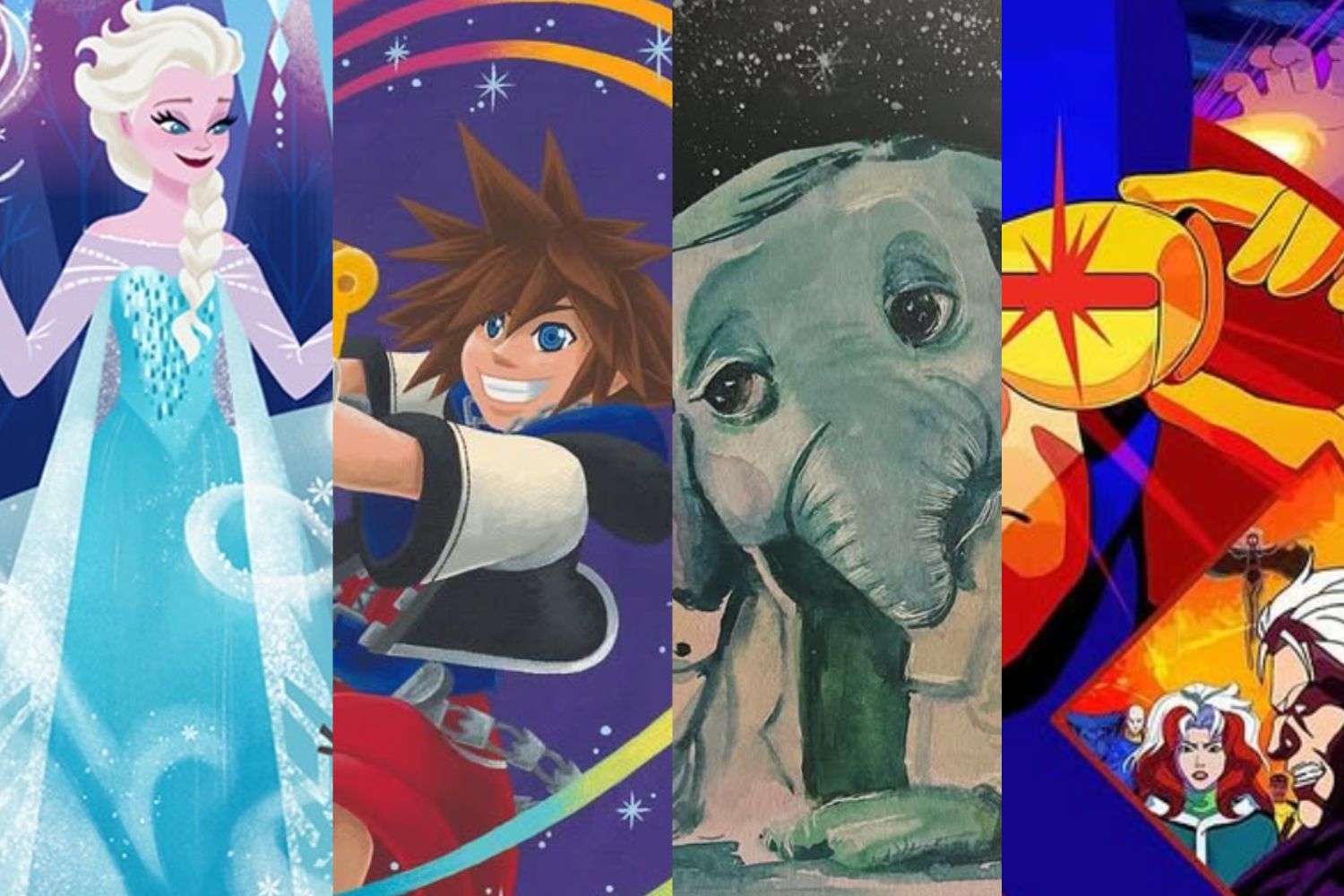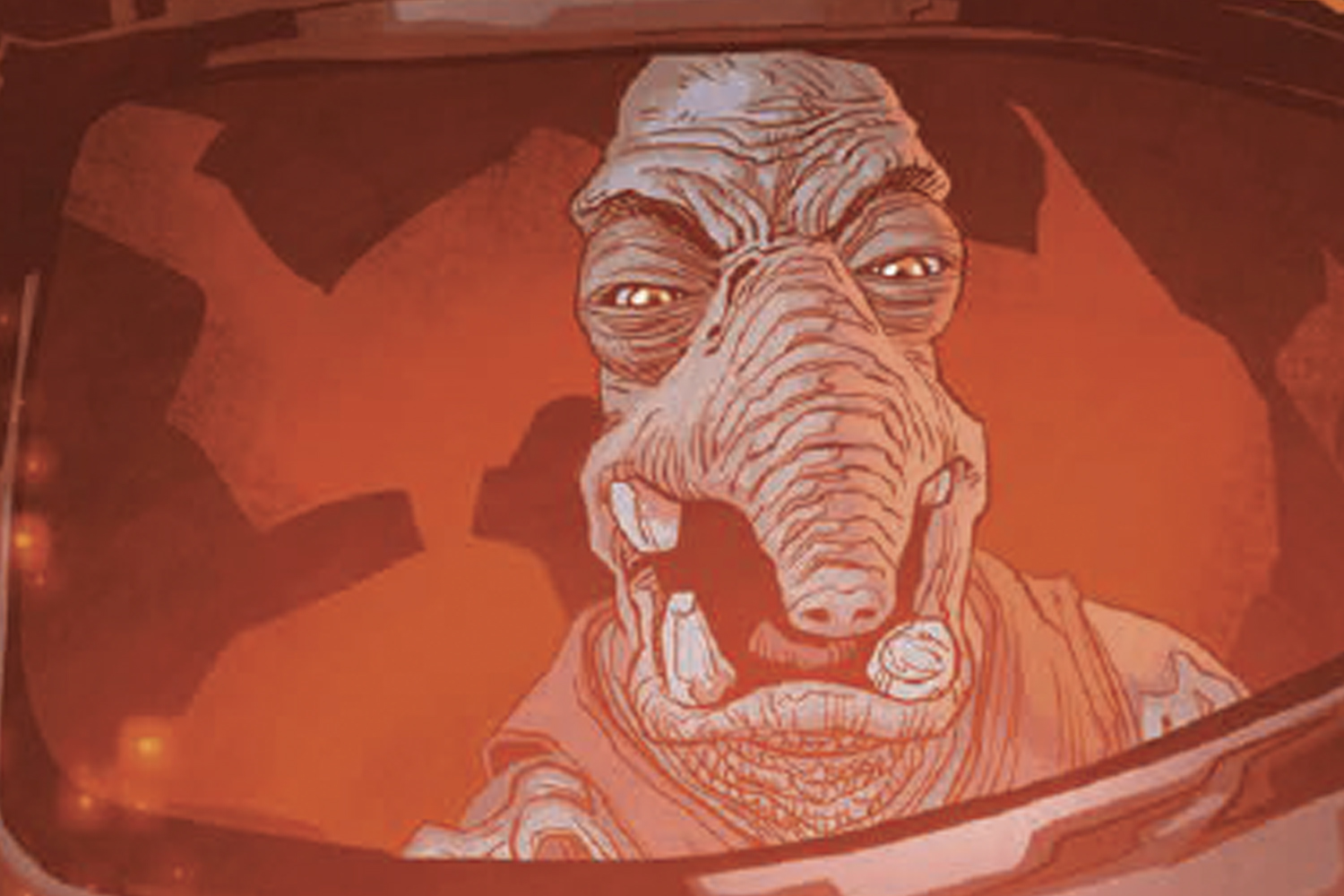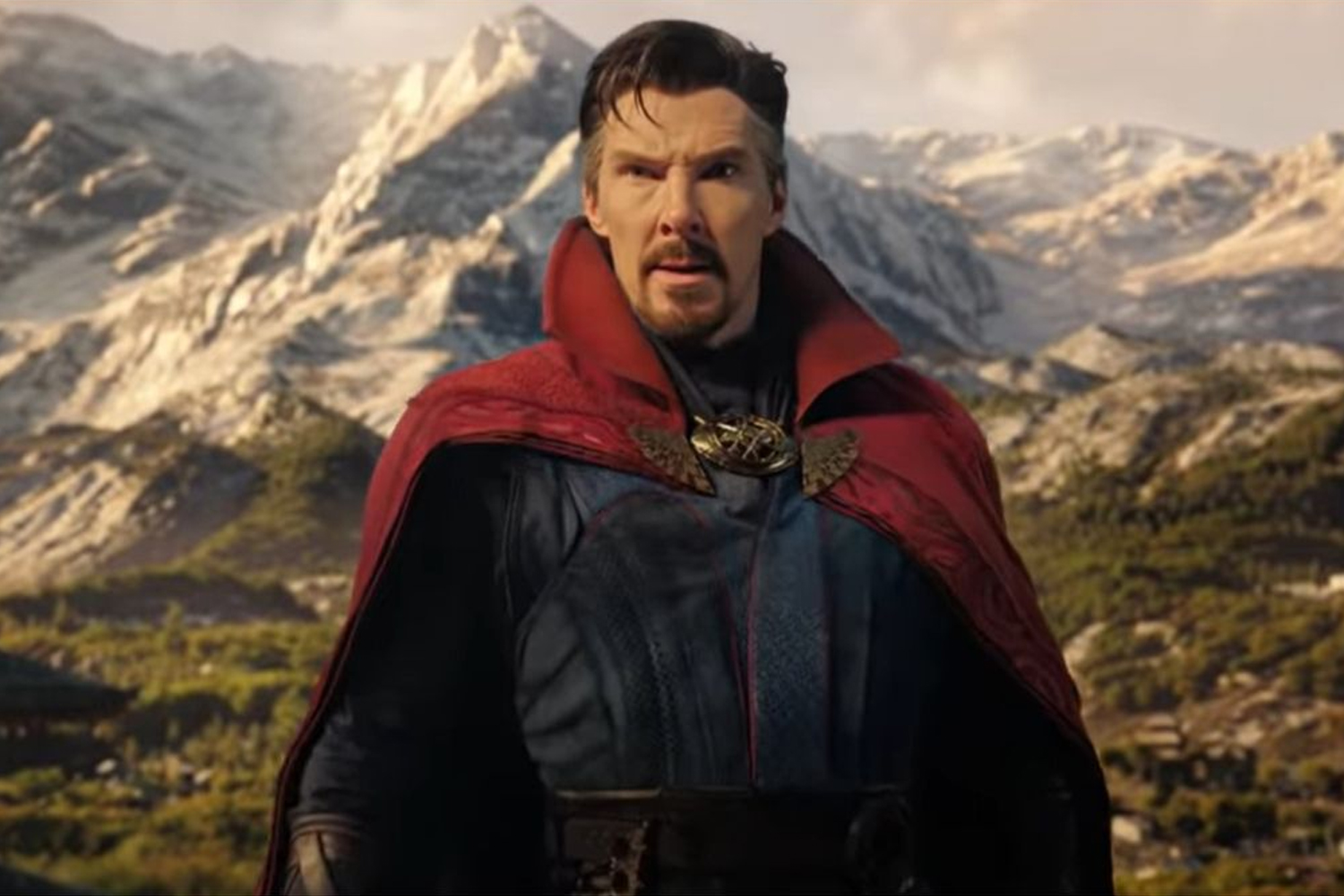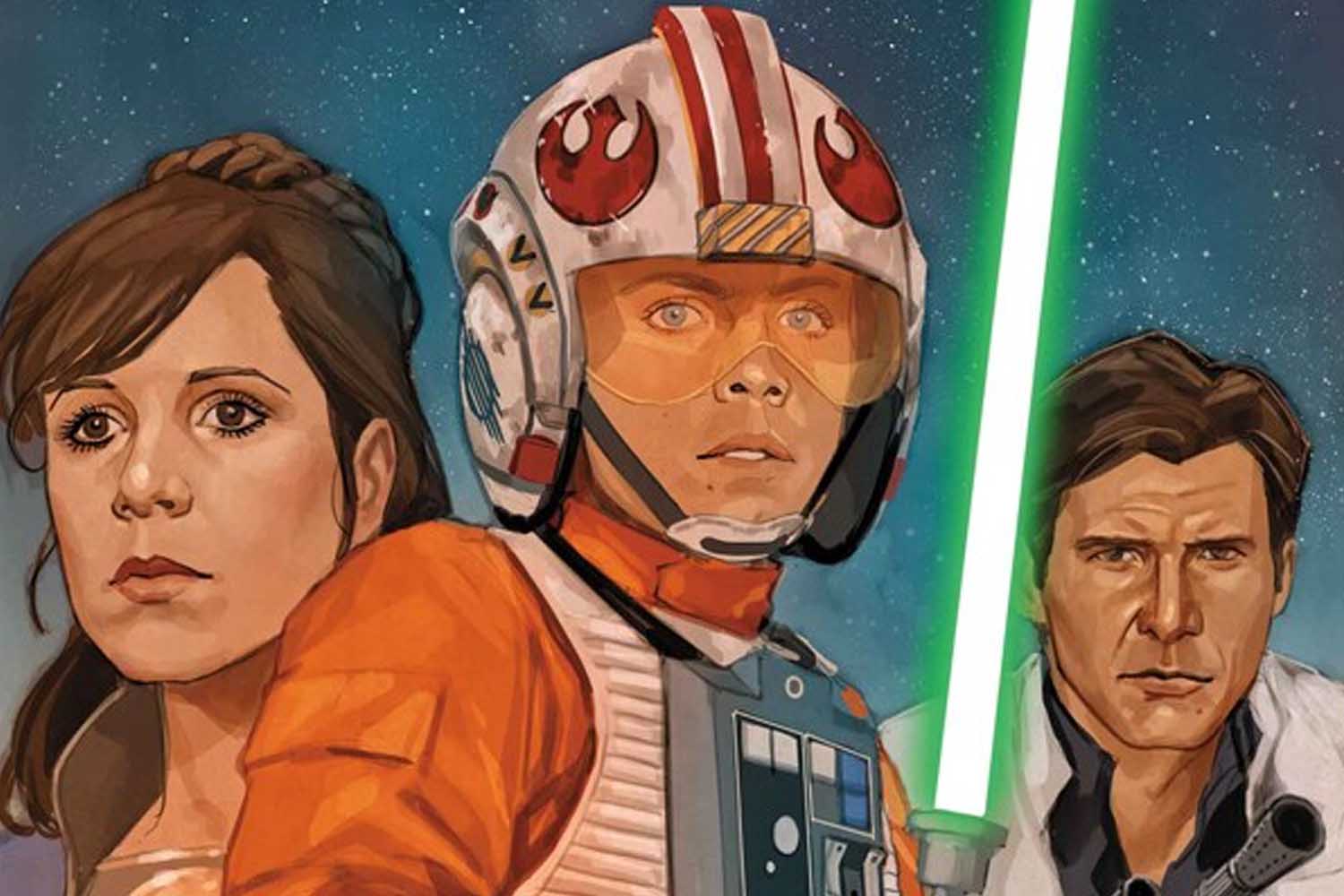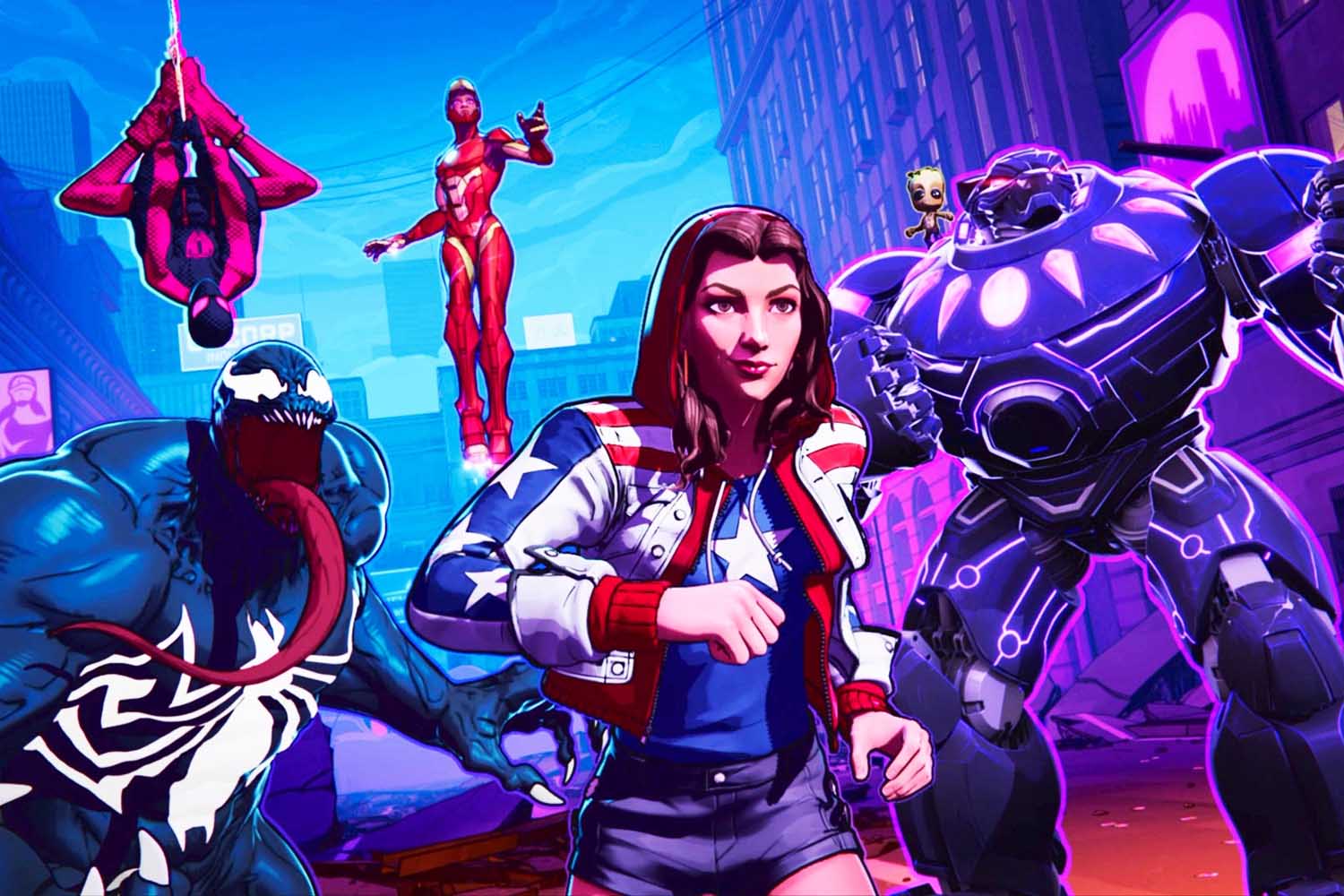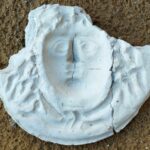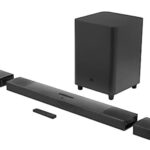As the owner of a substantial portion of the world’s most popular pieces of intellectual property, the Walt Disney Company is more than used to seeing its characters and branding pop up in unofficial, unlicensed places. In some instances, like when the family of a recently deceased child attempted to feature Spider-Man’s likeness on his gravestone, the company has stepped in to bar people from using its IP in ways it doesn’t see fit. Others? Not so much.
In cases like those involving companies that produce police-related merchandise featuring the Punisher logo, Marvel and its parent company Disney have remained relatively quiet on the matter, despite the charged political connotations those items carry. Though Disney’s undeniably powerful, the megacorporation would still be hard-pressed to fully crack down on people creating and selling these things. But a recent story from the military website Task & Purpose—which delved into the popularity of challenge coins among Disney parks’ security staff—raises questions about what the company’s policy should be about its employees potentially carrying them while working within its theme parks. One unofficial coin featured on the website features a mashup of Mickey Mouse and Punisher iconography with “Disneyland Security” emblazoned on the front.
Challenge coins are small, commemorative medallions often distributed within a wide range of organizations as symbols of membership and camaraderie fostered through “challenges” in which people are required to show their coins on demand to prove that they’re carrying them. There are varying rules on what happens if you’re found without your coin depending on the group you’re playing with. Most commonly, challenge coins have been associated with the military and its culture, which is at least part of why Disney currently has a sanctioned selection of them that a number of its park security personnel reportedly carry.
Speaking with Task & Purpose, a Walt Disney World representative explained that its official challenge coins are part of its efforts to embrace the traditions held dear by its “security departments and other areas where military veterans have come to work after their service.” It’s important to understand that challenge coins aren’t exactly readily available to the general public, as they’re meant to be special items that represent the bond between a select group of people—in this case, those working security for Disney.
There is nothing inherently wrong with challenge coins, and it makes a degree of sense that Disney would produce the coins for them to collect and trade, as collecting is a huge part of its brand already. What’s somewhat concerning, though, are the number of unofficial challenge coins using characters like Mickey Mouse and the Punisher to not only associate the people holding them with Disney and Marvel at a glance, but also with a certain stance on policing. Though its defenders have argued that the thin blue line iconography is meant to represent the idea that police are the line of defense maintaining society’s order, it has also come to represent an insular culture within police departments across the country that fosters a system rife with corruption, brutality, and human rights violations that law enforcement officials seldom have to answer for.
Similarly, the Punisher logo is emblematic of Frank Castle’s black-and-white sense of justice that he believes as being uniquely sound and above reproach. In the vacuums of Marvel’s media, the Punisher logo and Frank Castle embody a deep, deadly darkness that you’re meant to understand as dangerous to society. However, in the real world, where military and police officers slap the logo on themselves as if to liken them to the violent character, the message reads as an endorsement of his methods and a desire to emulate them. This is why the New York Police Department faced a wave of criticism in 2018 over Punisher challenge coins that it distributed among members of its Gang Unit.
It should be noted that none of the challenge coins pictured in this piece are part of Disney’s official set, and all custom coins that staffers have made for use are subject to an internal review process should they include any of the company’s intellectual property. We’ve reached out to Disney asking for comment about this piece and clarification on what their official coins look like, but did not hear back by time of publishing.
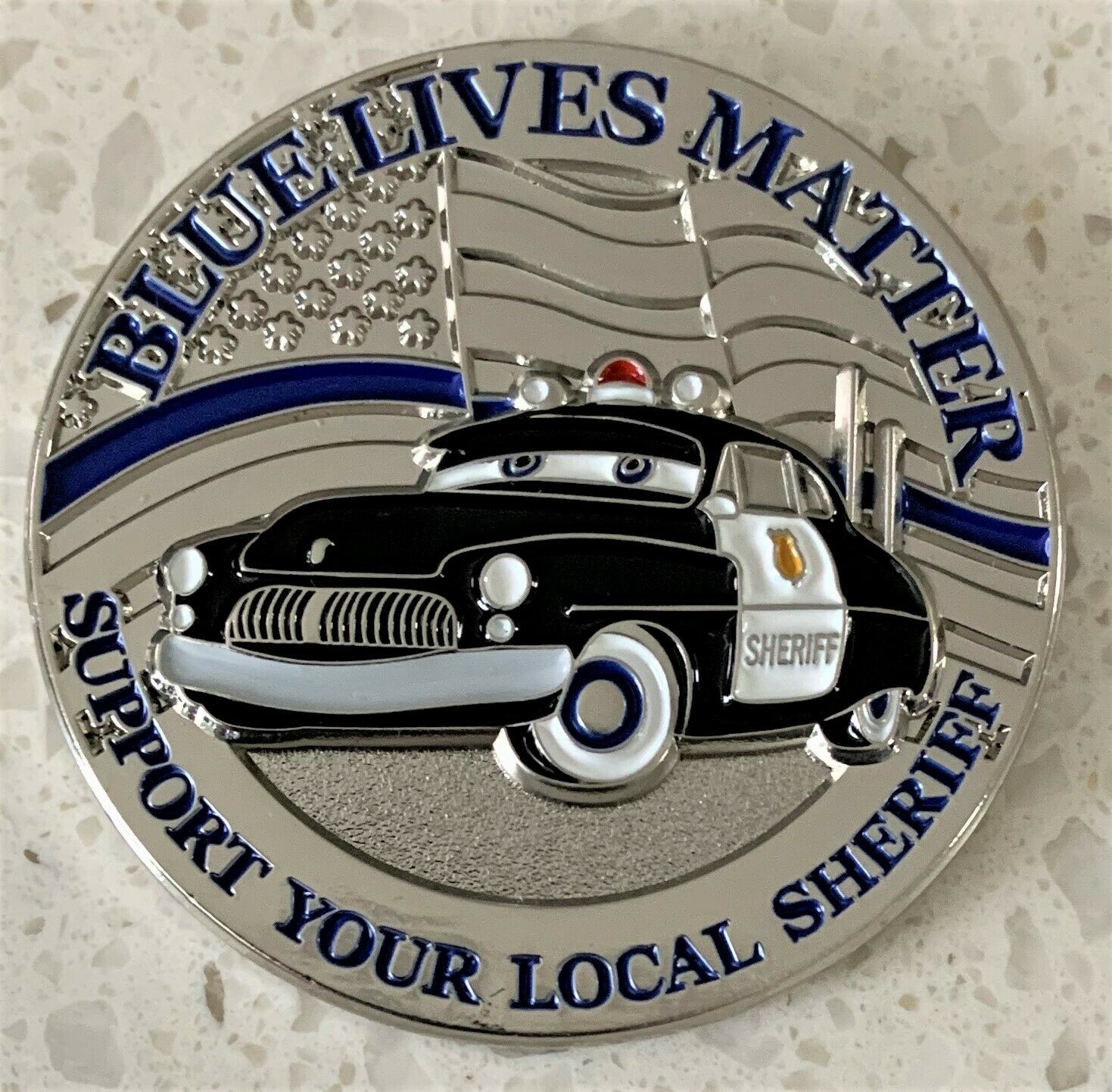
A casual search through eBay turns up more than a few challenge coins depicting Mickey Mouse as a cop, a fictional Department of Homeland security officer focused on magic, and a police car from Cars professing that “Blue Lives Matter.” Regardless of what message a person might mean to send by saying “blue lives matter,” wearing a thin blue line, or wearing the Punisher logo, each action has a very distinct significance, particularly at this moment where more and more people are finally reckoning with the United States’ historic issues with police brutality.
Coins like these are seemingly anything but difficult to come by, which suggests that there’s either a glut of them sitting in sellers’ warehouses or that people are out there buying them, presumably to carry, as that’s the whole point of challenge coins. It’s also quite possible that there are regular people not employed by Disney who simply felt that these specific challenge coins were the perfect reflection of their personal tastes. Considering which market custom challenge coins celebrating the cops and the House of Mouse is aimed at, however, it’s not out of the realm of possibility that people are carrying them within Disney’s parks.
While some of Disney’s theme parks around the world are open, for the time being, the ongoing coronavirus pandemic means that patrons aren’t flocking to them as usual. So the company has time to put more energy into thinking about the future of its real-world attractions. It’s nice to think that, maybe, someone within the company understands that when things ramp back up, policies keeping this specific kind of collectible out of the parks—especially in the hands of those working there—should be put in place.
For more, make sure you’re following us on our Instagram @io9dotcom.
